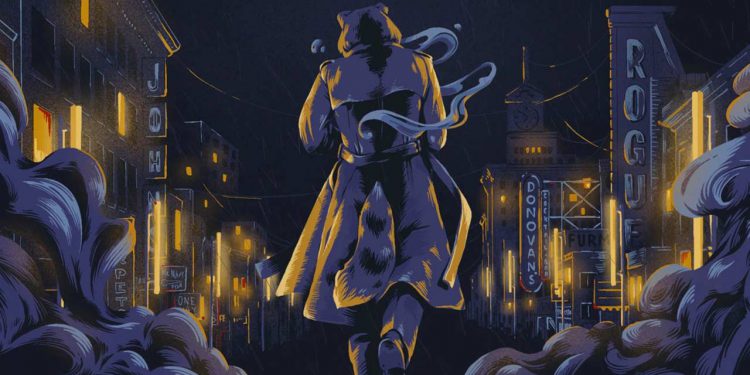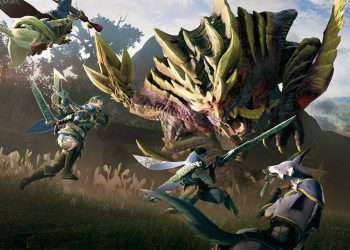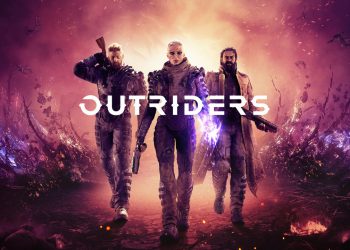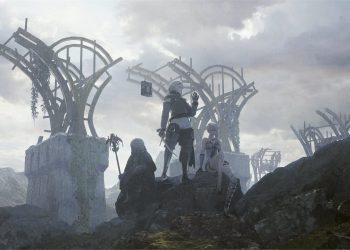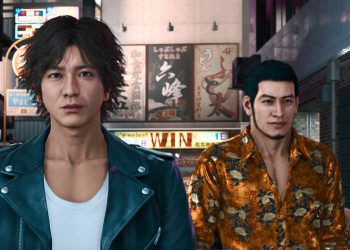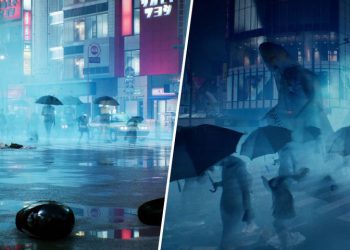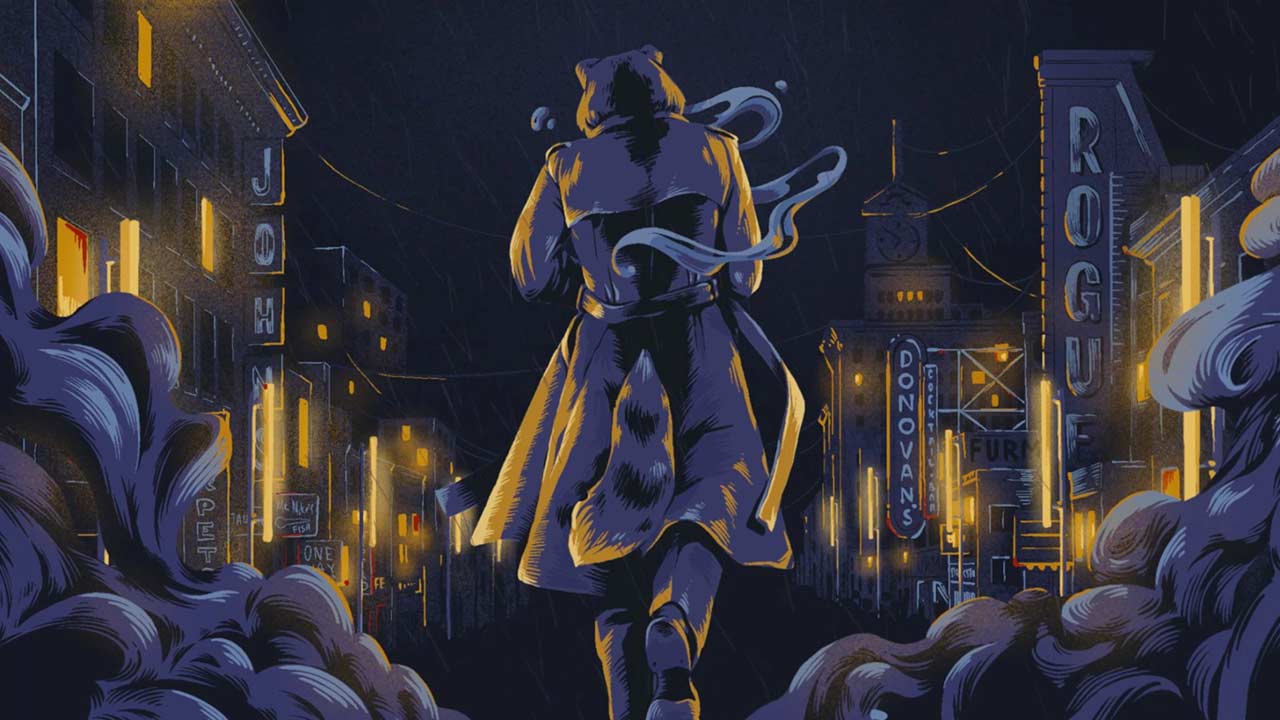
The “point and click revival” is a topic that comes up every few years. It is a genre of games that people are often excited to return to with titles being developed every so often that seek to return in some way towards the CRPG’s roots. Games like Dropsy and Deponia (now almost a decade old) seem like these were tailor-made to scratch our nostalgic Monkey Island itch while games like Papers Please flipped the script and brought some seriously inventive stuff towards the genre. Backbone does both, striking a balance between nostalgic and new, breathing another breath of life in to the genre with its gritty, sad grin. This 2D, sidescrolling, pixel-art noir is a short but solid adventure mystery with stunning visuals and meaningful characters.
The premise of Backbone seems straightforward: you're a raccoon detective named Howard Lotor within an animal world. Nowadays, different animals are afforded different positions within society with raccoons standing only slightly above rodents (like rabbits, mice, etc.) but below carnivores (like bears and wolves) and far underneath the Apes. Apes and carnivores have the best housing, the very best food, and also the best opportunities for his or her families while those below options are often shown scraping to make do. All characters (known a people and persons throughout) belong to their species, known as their Kind, and lots of interactions between characters the player and also the world concentrate on the characters’ place within the Kind caste system. Certainly one of Howard’s first confrontations is with a bear bouncer who refuses him admission to a swanky bar on account of as being a raccoon (“No stripers allowed!”). Later, he meets a rabbit scientist, part of that lowest “rodent” class, who states that under normal circumstances, her Kind having such a job is frowned upon and borderline illegal.
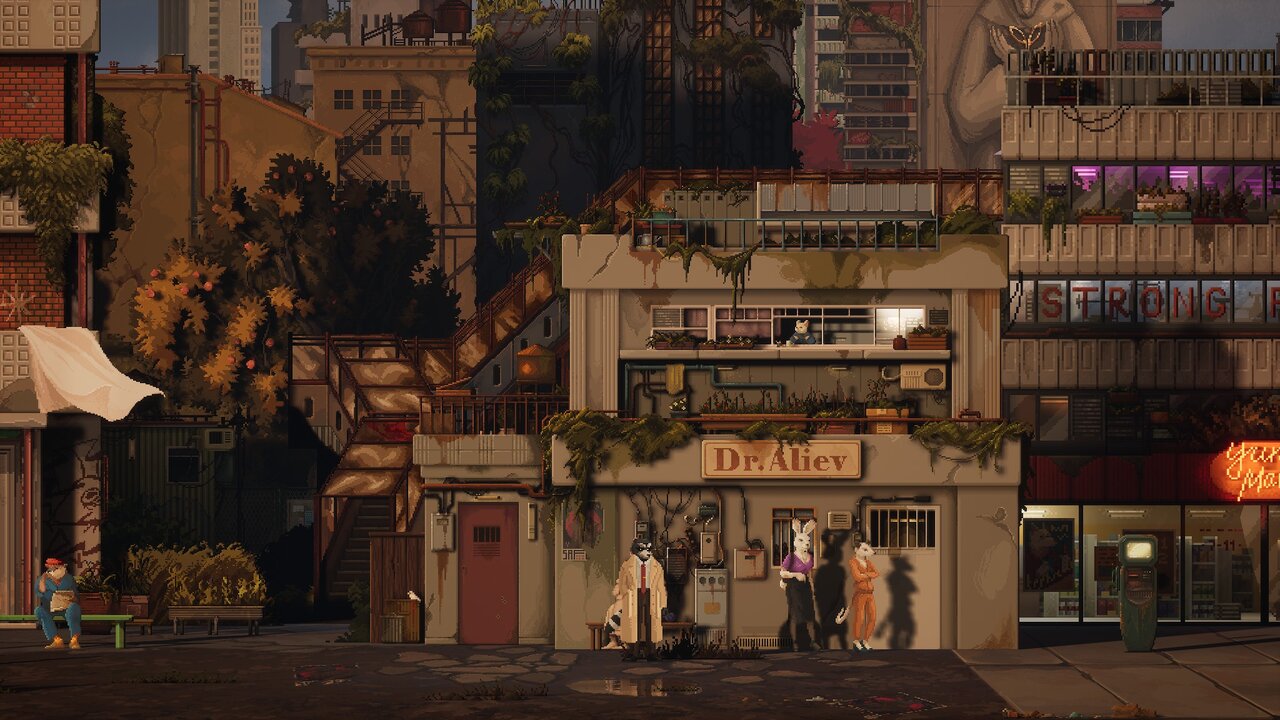
Backbone’s story takes place within the City, a dystopian, isolationist society that's visually and geographically according to Vancouver, Canada. The name “Vancouver” is never explicitly utilized in the game, however the game’s map is identical allowing players to attract their very own conclusions. The Apes rule over this dystopian city as its sole political class, citing the teachings from the city’s god, The Shephard, and it is teachings because the foundation for their rule. They forbid residents from leaving the city and have erected a number of massive walls surrounding it. The gamer learns early from other characters that climbing The City’s walls is proven to be impossible and that trying to leave The City is strictly forbidden, punishable by death. Throughout the game, no one seems to understand what just lies beyond the wall, nor anything of the world beyond it.

Enter: Howie. As mentioned before, he’s a raccoon. He’s also a detective, a private investigator armed just with a weak stomach and a degree in photography. He loves his Mom (but doesn’t call her very often) and he’s been doing his best, helping people with small-scale investigations. The gamer is first brought to Howie because he is getting ready to meet with his latest client, an otter named Odette who suspects that her husband Jeremy might be cheating on her. The player and Howie are then given the job of locating the husband and figuring out what he’s been as much as, an easy case it seems. However, the situation gets complicated fast as it is soon learned that Jeremy’s favorite place to live-it-up is also where he would die-it-up. Howie finds Jeremy’s corpse within the bar’s basement and soon after learns about some seriously messed up stuff happening in The City’s halls of power. Howie has got the hell from there, vomits for the to begin often, after which starts to drown his sorrow because the title card rolls for Act II. The game from there is yours to discover nevertheless its core gameplay, visual elements, and other systems are discussed further below.
This game is very pretty. It has a concise and well-defined mood (referred to as “neo-noir”) that's executed perfectly by its visuals and well by its soundtrack. As stated before, Backbone is a 2D, pixel-art sidescroller. However, additionally, it features quite a few stunning 3D effects such as dynamic lighting, volumetric fog, falling rain, and some water animations that are smooth as butter. The combination is gorgeous and pleasantly disorienting, it adds depth and visual intrigue to every scene. Shadows mix with shadows and light reflects off surfaces that at first glance looked entirely flat to create a signature look fitting from the game’s noir heritage.
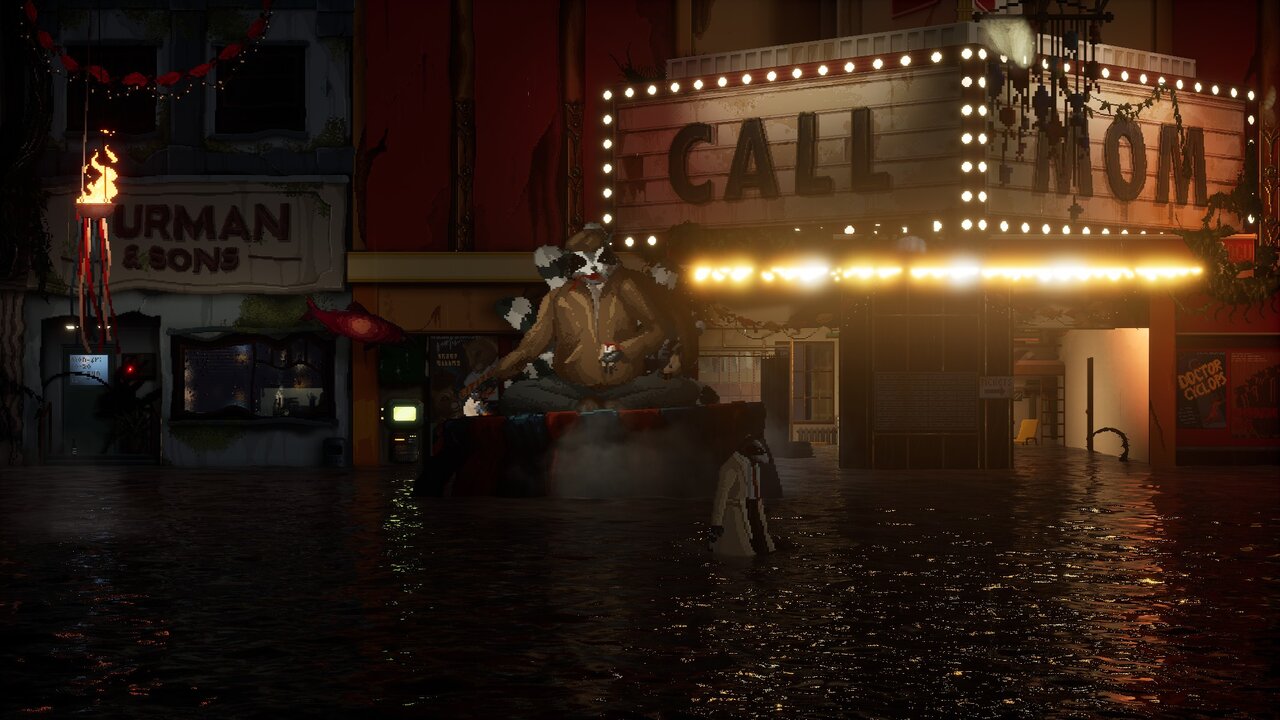
The game’s music can also be quite good, although not truly the same caliber of impressive. Backbone’s brooding doom jazz would be a great listen, but occasionally absent more than the noir genre’s standard musical minimalism. Much more longer conversations, tracks which were rolling without anyone's knowledge tend to start and never start support which feels more than a little awkward. Arooj Aftab, Nikita Danshin, and also the game’s other musicians come up with a gripping soundtrack that made for an abundant, melancholy atmosphere, but with stops and starts that felt more accidental than purposeful. You will find however two particular examples, each of which are macabre reveals, where this suddenness played perfectly into the moment. Not every bad with a long shot.
Most from the gameplay of Backbone comes down to walking and talking to other critters on the beautifully set, pixel-art stage. After finding Jeremy’s corpse, Howie decides to uncover more about a conspiracy that he believes Jeremy was the unfortunate victim of. He is doing this by finding and following other leads, visiting The City’s different districts, and ending up in other people swept up or complicit in the unfolding mystery. Howie can talk to certain characters who'll give him clues or further build the world. Often, these characters will not be entirely forthcoming with their information, requiring Howie to use his (semi-existent) charm. For instance, within an early scene, a dog named Colbie had seen the late Jeremy earlier within the bar the player is scoping out. However, Colbie is only going to “remember” this fact after Howie has gotten to understand her a bit, speaking with her for a few dialogue lines about the musician playing at the bar that night and also the kind of music she likes. Before this, using Howie’s other dialogue options will result in Colbie simply saying “I don’t know”.
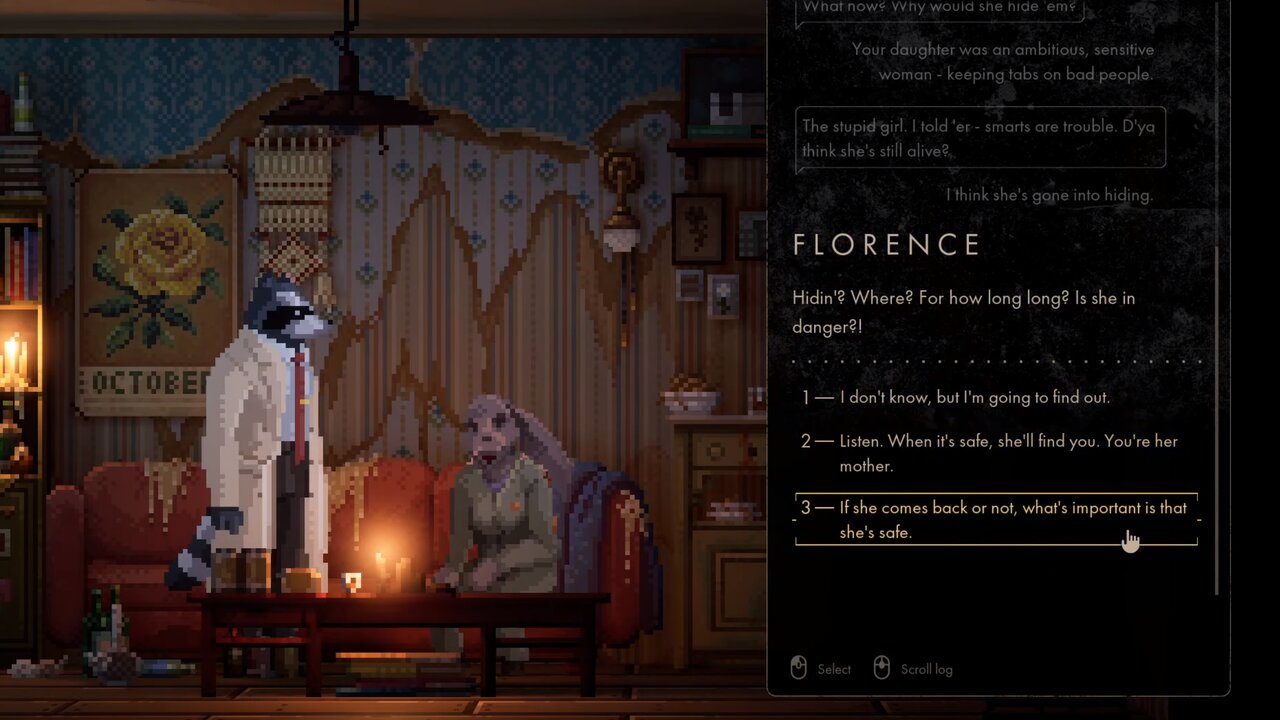
There’s always multiple stuff you can make Howie say. Some of them help you progress the plot, some of them are comfortably absurd, and some are just rude. In conversations, my Howie was somewhere in the middle: not dumb enough to obtain himself killed by not smart enough to help keep his mouth shut. Conversations made up the bulk of the worldbuilding and objective finding while adding a welcome degree of both humor and thoughtfulness, even if most wound up feeling just a little railroaded. Interactions within the fourth act in particular felt very wholesome and genuine, a breath of fresh air at that particular reason for the story. Backbone also makes you “commit” to most of the dialogue choices in a way that adds gravity to decisions and encourages attentive reading. Unlike a lot of conversation-heavy games, a lot of conversations, even just flavor ones, can only be had once.
Besides conversations, there are lots of other sights in the world to have interaction with. Many of these are gold-rimmed, black UI bubbles that reward the player’s investigations having a musing or observation from Howie’s lonely, thoughtful mind. Some of these will prompt Howie to do an action, for example pocketing as a napkin, petting a goose (known as a geezer), or prompting among those talking wall catch a showerthought. This is the game’s quintessential point-and-click mechanic, standard to the genre and never executed in any specifically unique way. If it ain’t broke, don’t fix it.
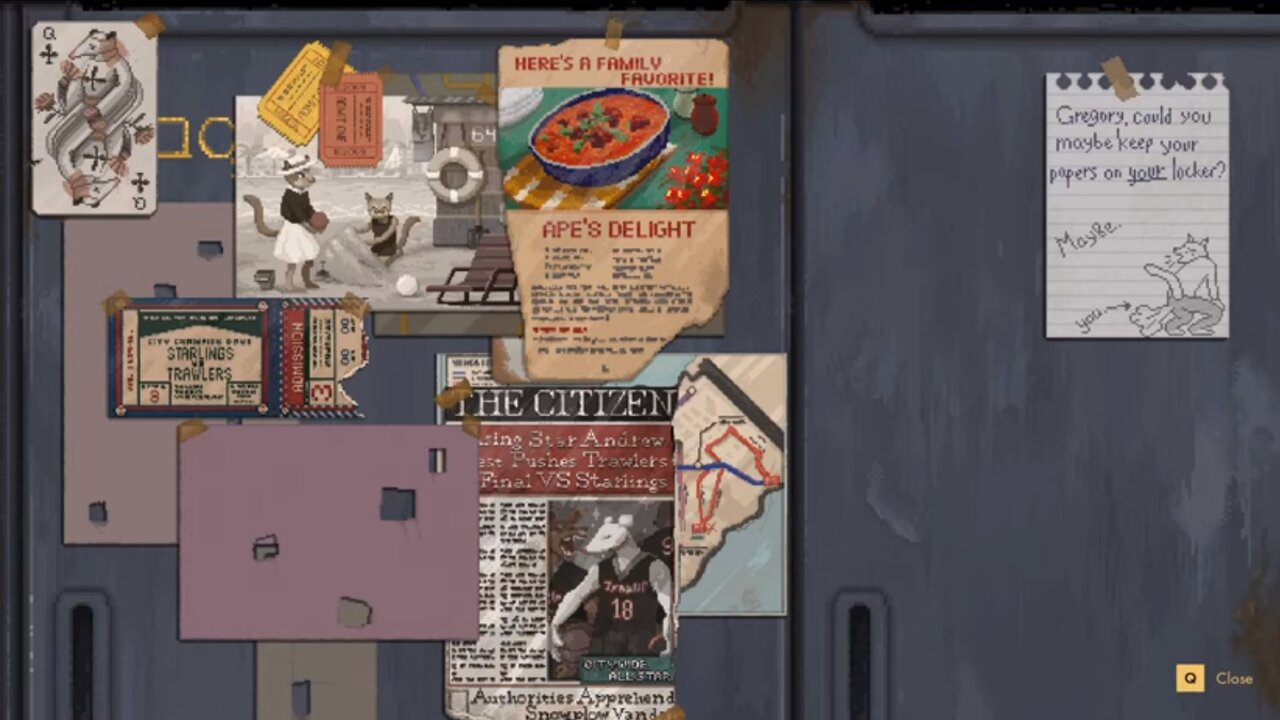
The game includes a couple of fairly interesting puzzles that require any number of the above mechanics in unison to solve them and progress. There are some that need point-and-click plus dragging items round the screen in search of patterns, others that require you to definitely read books, (ew) but still others that seem like a memory game that you could just solve by dialogue-mashing. They're overall interesting but there are only a couple of which are really memorable, with arguably the best one being the first. (Also maybe choosing the proper type of tea for Renee is a puzzle? Unclear. Pick hibiscus.)
Finally, there are the game’s stealth sequences which certainly leave something to be desired. There’s not too much to state about this front other than you will encounter them, they’re just a little uninspiring, and also you probably will only get caught once. That said, they don’t take anything away from the game, so no harm no fowl.
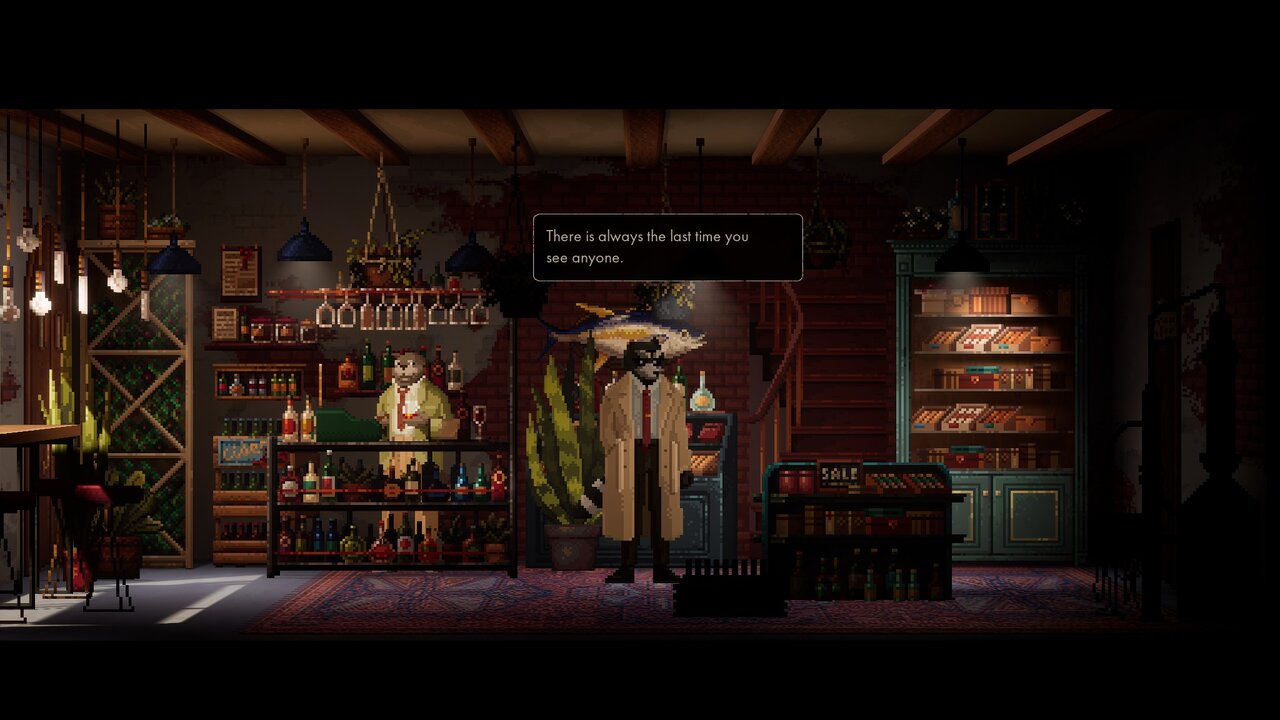
Backbone is a story told through its characters. It’s a game in which you really should speak with everyone the thing is, not since you need to, but because you’ll genuinely appreciate it. Many of the game’s NPCs possess some extensive dialogue to read, backstories to discover, and fascinating interactions to be had with Howie. Chapter IV is easily the most obvious illustration of this (and also the most rewarding) but characters which are intriguing and relatable are available throughout The City. Some are old, lonely folks who simply want a bird-watching buddy, other medication is rebellious teens trying to bum cigs. Overall though, even this game’s “background” characters are a joy to talk to.
Backbone also includes a cast of main characters the player reaches know fairly well. These include Taxi-Dad Anatoly, tea-sipping Renee, and Clarissa Bloodworth. No way someone named “Bloodworth” may be the game’s villain, right? These characters are, as you can imagine, more fleshed out and fascinating. The player’s relationships with them prove to be complicated and consequential, and so we won’t be saying a little more about them here. Just be sure you be nice to Anatoly, the kids keep him up through the night.
The game’s story is also something best kept under wraps. If you know much concerning the noir narrative formula, some things will feel predictable while others will definitely catch you off guard. The plot is well scoped around the world, starting small and getting bigger although not in a manner that feels either disappointingly narrow nor exhaustingly epic. There’s several twist and characters develop in surprising ways, an impressive feat for 4 to 7 hours of gameplay.
The Verdict
Backbone does both, striking a balance between nostalgic and new, breathing another breath of life in to the genre using its gritty, sad grin. This 2D, sidescrolling, pixel-art noir is a short but solid adventure mystery with stunning visuals and meaningful characters.


